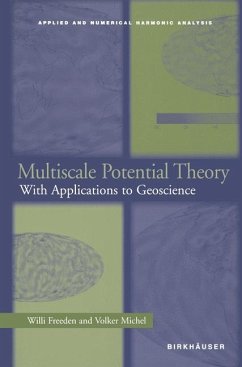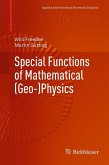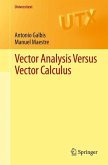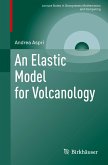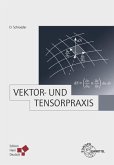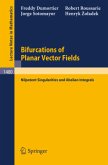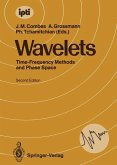During the last few decades, the subject of potential theory has not been overly popular in the mathematics community. Neglected in favor of more abstract theories, it has been taught primarily where instructors have ac tively engaged in research in this field. This situation has resulted in a scarcity of English language books of standard shape, size, and quality covering potential theory. The current book attempts to fill that gap in the literature. Since the rapid development of high-speed computers, the remarkable progress in highly advanced electronic measurement concepts, and, most of all, the significant impact of satellite technology, the flame of interest in potential theory has burned much brighter. The realization that more and more details of potential functions are adequately visualized by "zooming in" procedures of modern approximation theory has added powerful fuel to the flame. It seems as if, all of a sudden, harmonic kernel functions such as splines and/or wavelets provide the impetus to offer appropriate means of assimilating and assessing the readily increasing flow of potential data, reducing it to comprehensible form, and providing an objective basis for scientific interpretation, classification, testing of concepts, and solutions of problems involving the Laplace operator.
"The book is devoted to well-posed and ill-posed boundary-value problems arising in geoscience, elasticity, gravimetry and other areas, including satellite problems. New mathematical methods and fast computational schemes based on harmonic analysis and wavelet transforms are developed.... The book may be used for graduate-level courses in geomathematics, applied mathematics, and geophysics. It is also an up-to-date reference text for geoscientists, applied mathematicians, and engineers." -Zentralblatt MATH
"Potential theory is a classical area in mathematics which for over 200 years has attracted and still attracts attention. Famous mathematicians have contributed. At the beginning of the 19th century it was Laplace, Poisson, Gauss, Green, both F. and C. Neumann, Helmholtz, Dirichlet and others. In the last century axiomatic, fine, probabilistic, discrete, and nonlinear potential theory arose.
The present book is written for applications in geodesy and geophysics and is hence devoted to classical potential theory with particular attention to wavelet approximation.... Each chapter is concluded with exercises which have solution hints at the end of the book.... The book is a self-contained and unique presentation of multiscale potential theory, interesting for applied mathematicians, geophysicists, etc. and proper even for students." -Mathematical Reviews
"Potential theory is a classical area in mathematics which for over 200 years has attracted and still attracts attention. Famous mathematicians have contributed. At the beginning of the 19th century it was Laplace, Poisson, Gauss, Green, both F. and C. Neumann, Helmholtz, Dirichlet and others. In the last century axiomatic, fine, probabilistic, discrete, and nonlinear potential theory arose.
The present book is written for applications in geodesy and geophysics and is hence devoted to classical potential theory with particular attention to wavelet approximation.... Each chapter is concluded with exercises which have solution hints at the end of the book.... The book is a self-contained and unique presentation of multiscale potential theory, interesting for applied mathematicians, geophysicists, etc. and proper even for students." -Mathematical Reviews

